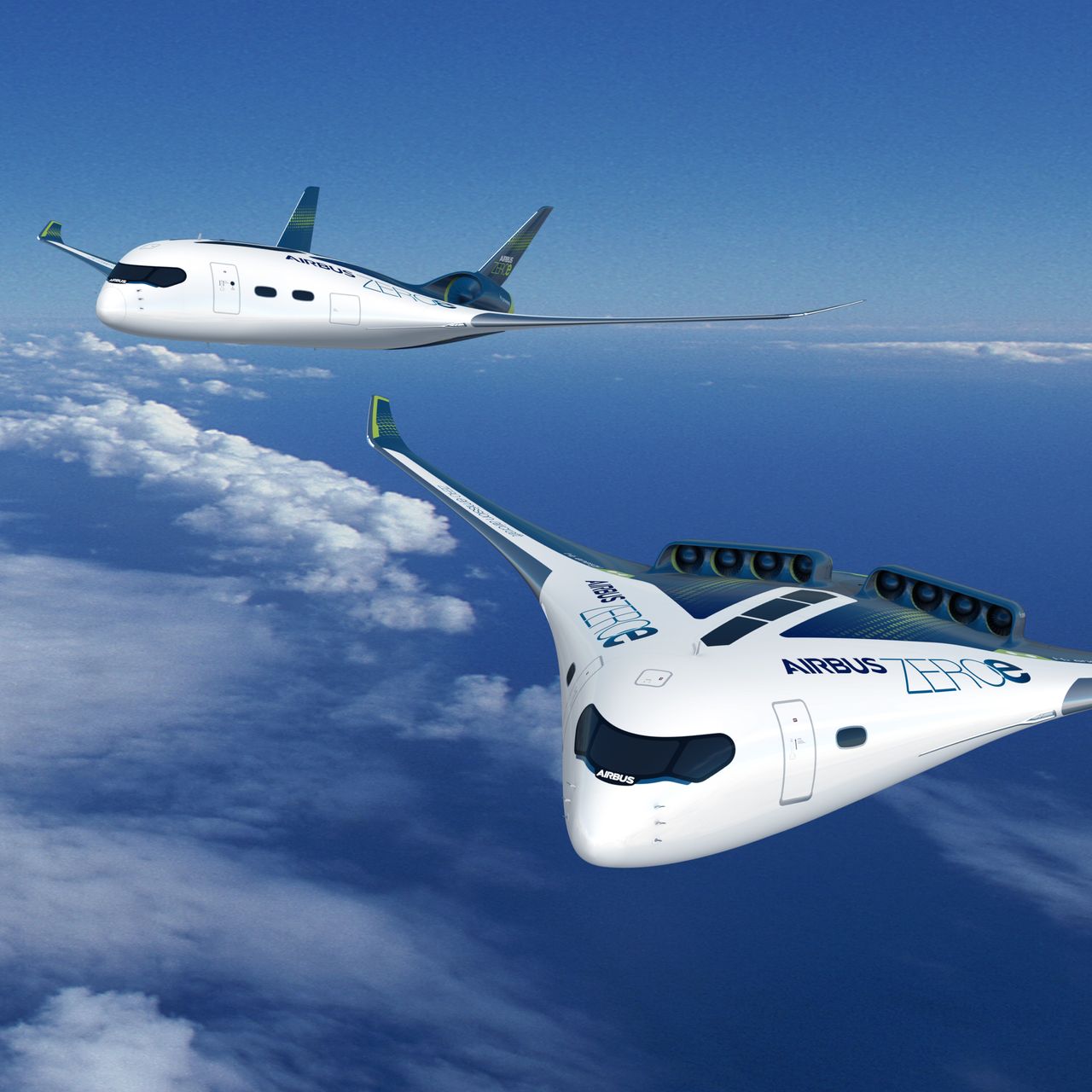In the ever-evolving landscape of aviation, the quest for innovation and performance enhancement has been a driving force behind the development of conventional aircraft and advanced design engineering. The skies have witnessed a remarkable transformation over the decades, with aircraft evolving from simple, rudimentary machines to sophisticated marvels of engineering. In this article, we delve into the world of conventional aircraft and the cutting-edge design engineering that propels them forward.
The Evolution of Conventional Aircraft
Pioneering Beginnings
The journey of conventional aircraft began with the Wright brothers’ historic flight in 1903. This groundbreaking moment marked the birth of powered flight, a feat that would forever change the way humans traverse the globe. Early aircraft, such as the Wright Flyer, were basic in design, featuring wooden frames, fabric-covered wings, and relatively low engine power.
World War I and Technological Advancements
World War I served as a catalyst for rapid advancements in aviation technology. The demand for military aircraft prompted the development of more robust and specialized machines. Biplanes and triplanes became the norm, featuring improved aerodynamics and the introduction of machine guns for air combat.
The Golden Age of Aviation
The period between the World Wars witnessed the “Golden Age of Aviation.” During this time, aircraft design flourished. Monoplanes emerged as a dominant design, offering greater speed and efficiency. Iconic aircraft like the Douglas DC-3 and the Boeing 707 set new standards for commercial aviation, making air travel accessible to the masses.
Modern Conventional Aircraft
Engineering Marvels
Today, conventional aircraft have reached astonishing levels of sophistication. Modern airliners, such as the Airbus A380 and the Boeing 787 Dreamliner, are feats of engineering excellence. These aircraft are constructed using cutting-edge materials like carbon composites, which reduce weight while enhancing durability and fuel efficiency.
Fuel Efficiency and Environmental Considerations
As the world becomes increasingly conscious of environmental impact, aircraft manufacturers are focusing on fuel efficiency and sustainability. The development of more fuel-efficient engines, like the Pratt & Whitney Geared Turbofan, reduces emissions and operating costs, aligning with global efforts to mitigate climate change.
Advanced Design Engineering
Aerodynamics and Efficiency
In the realm of advanced design engineering, aerodynamics takes center stage. Engineers employ computational fluid dynamics (CFD) simulations to optimize the aircraft’s shape, reducing drag and improving overall efficiency. The use of winglets, such as those on the Boeing 737 MAX, enhances lift and reduces fuel consumption.
Materials Innovation
Materials science plays a crucial role in the development of advanced aircraft. Composite materials, including carbon fiber-reinforced composites and lightweight alloys, are revolutionizing the industry. These materials offer high strength-to-weight ratios, enhancing both performance and durability.
Fly-by-Wire Technology
Fly-by-wire technology represents a monumental shift in aircraft control systems. Rather than relying on traditional mechanical linkages, fly-by-wire systems use digital interfaces to transmit pilot inputs. This innovation allows for greater precision, reduced weight, and improved safety.
The Future of Aviation
As we look ahead, the future of aviation is both promising and challenging. Electric and hybrid-electric propulsion systems are gaining traction, promising cleaner and more sustainable aviation. Furthermore, autonomous and semi-autonomous flight technologies are on the horizon, potentially revolutionizing air travel.
In conclusion, the world of conventional aircraft and advanced design engineering is a testament to human ingenuity and determination. From humble beginnings to the cutting-edge innovations of today, aviation has continually pushed the boundaries of what is possible. As the industry embraces sustainability and efficiency, we can expect even more remarkable developments on the horizon.










